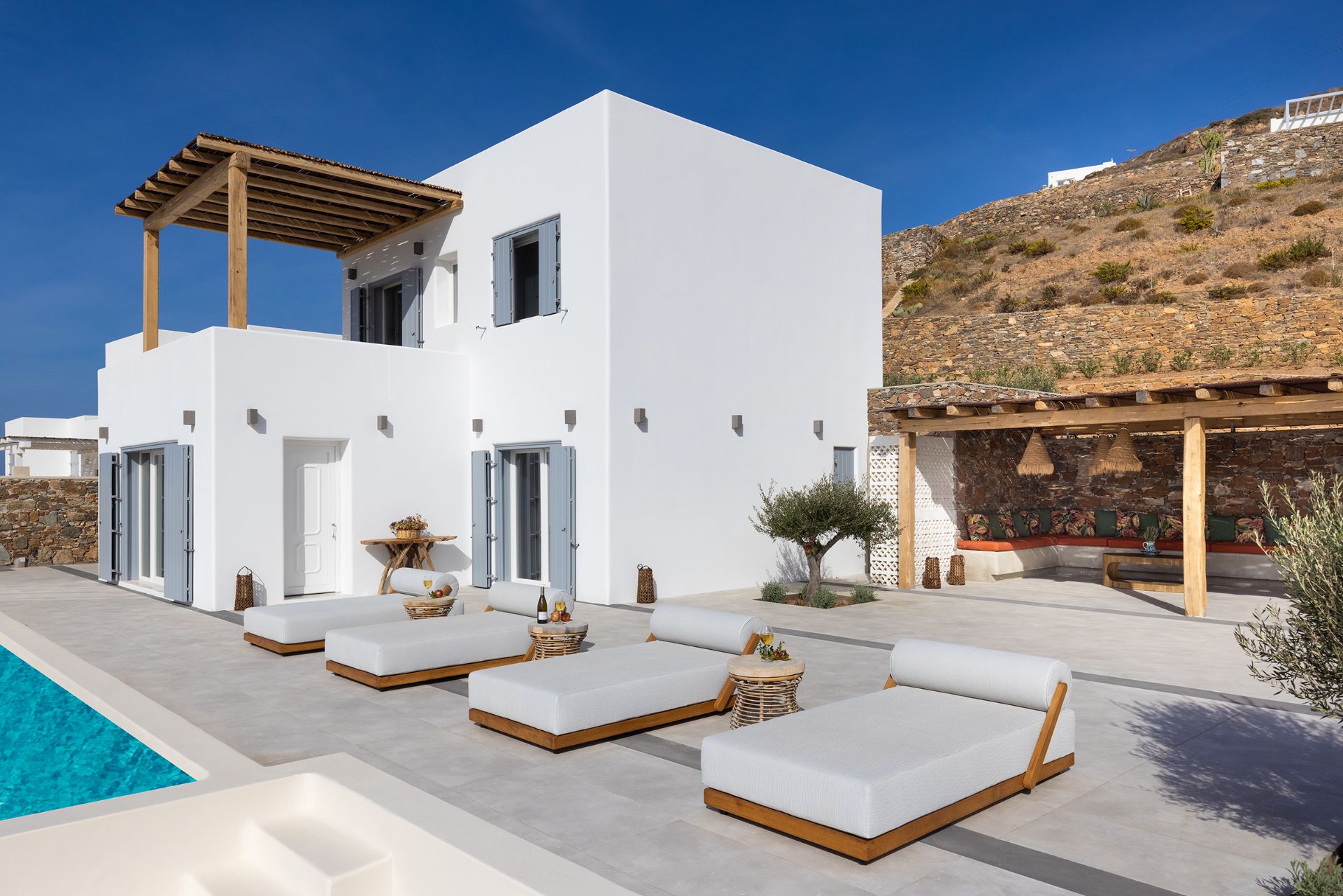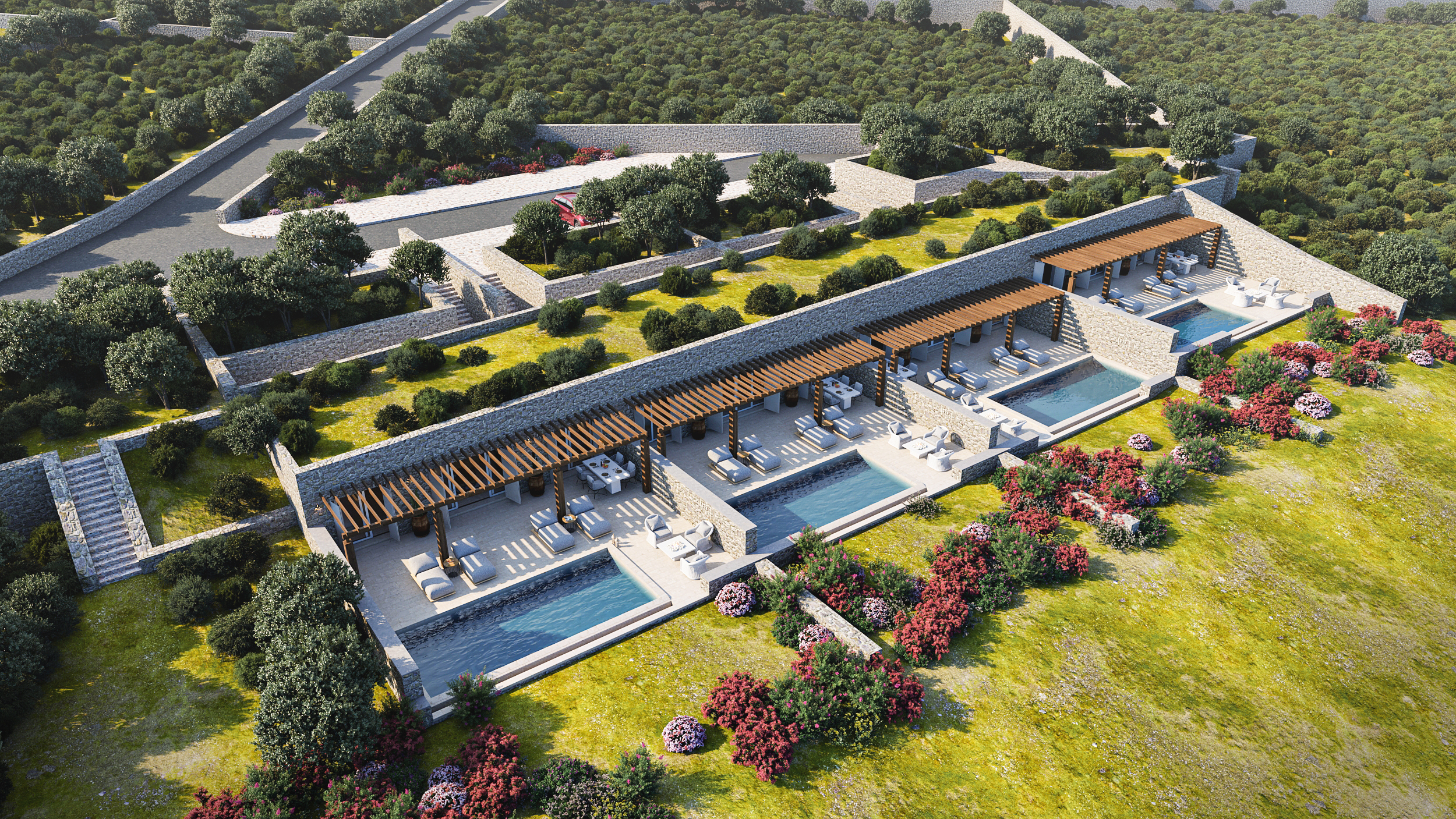
Sustainable construction & living
Cavo fregada Habitations
Living in harmony with nature
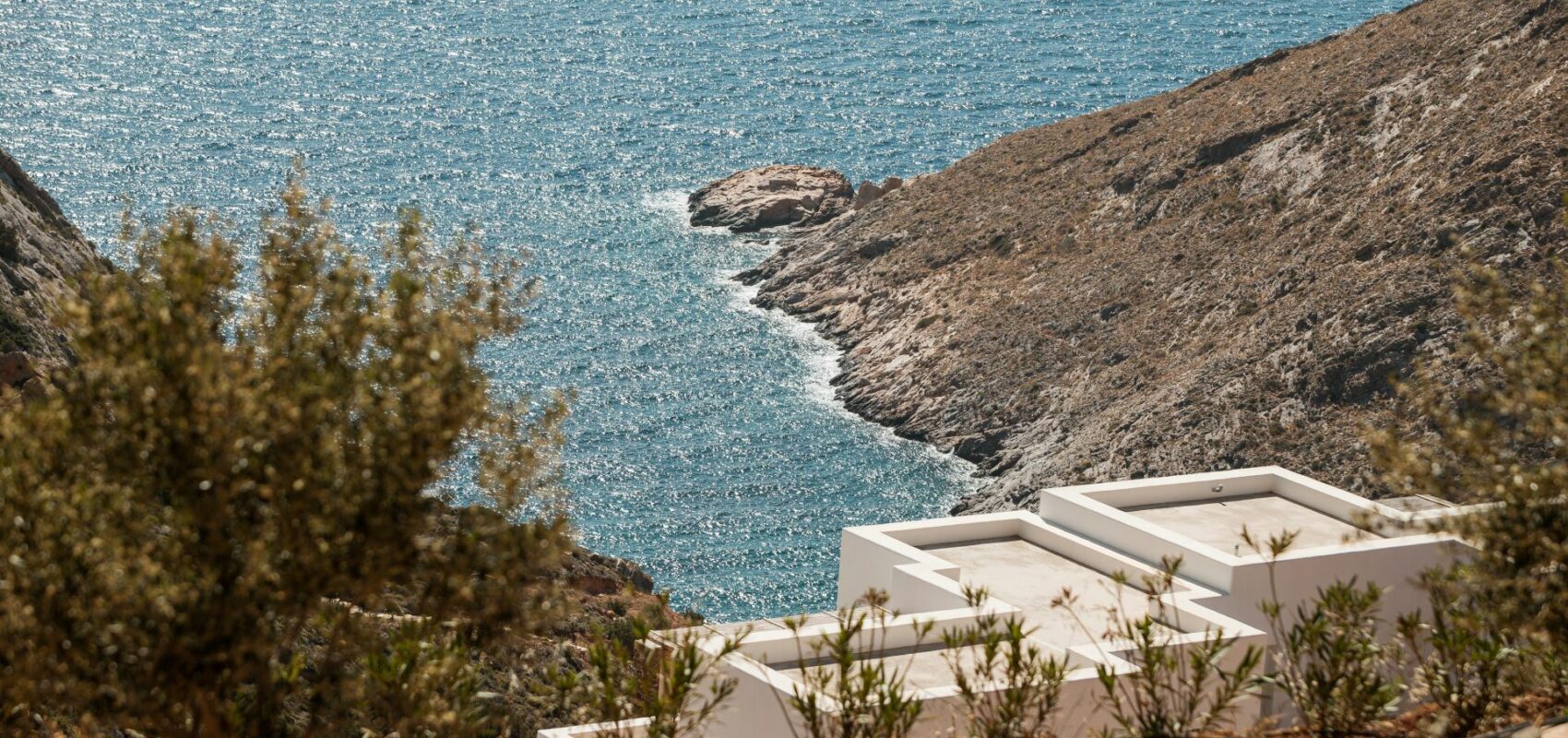
Cavo Fregada’s philosophy centers on a firm dedication to environmental and social responsibility, striving for sustainable development in sync with nature and local communities.
Aligned with these core values, our properties are crafted to promote sustainable living through energy conservation, water efficiency, reduction of CO2 emissions, enhanced indoor air quality, and responsible resource management. Cavo Fregada Residences adhere to the highest benchmarks of sustainable building design, construction, operation, and lifestyle.
With a focus on minimizing the overall environmental impact, each residence’s design, construction, and operation must meet Greece’s new energy performance regulation (KΕΝΑΚ) standards for Energy Class A buildings.
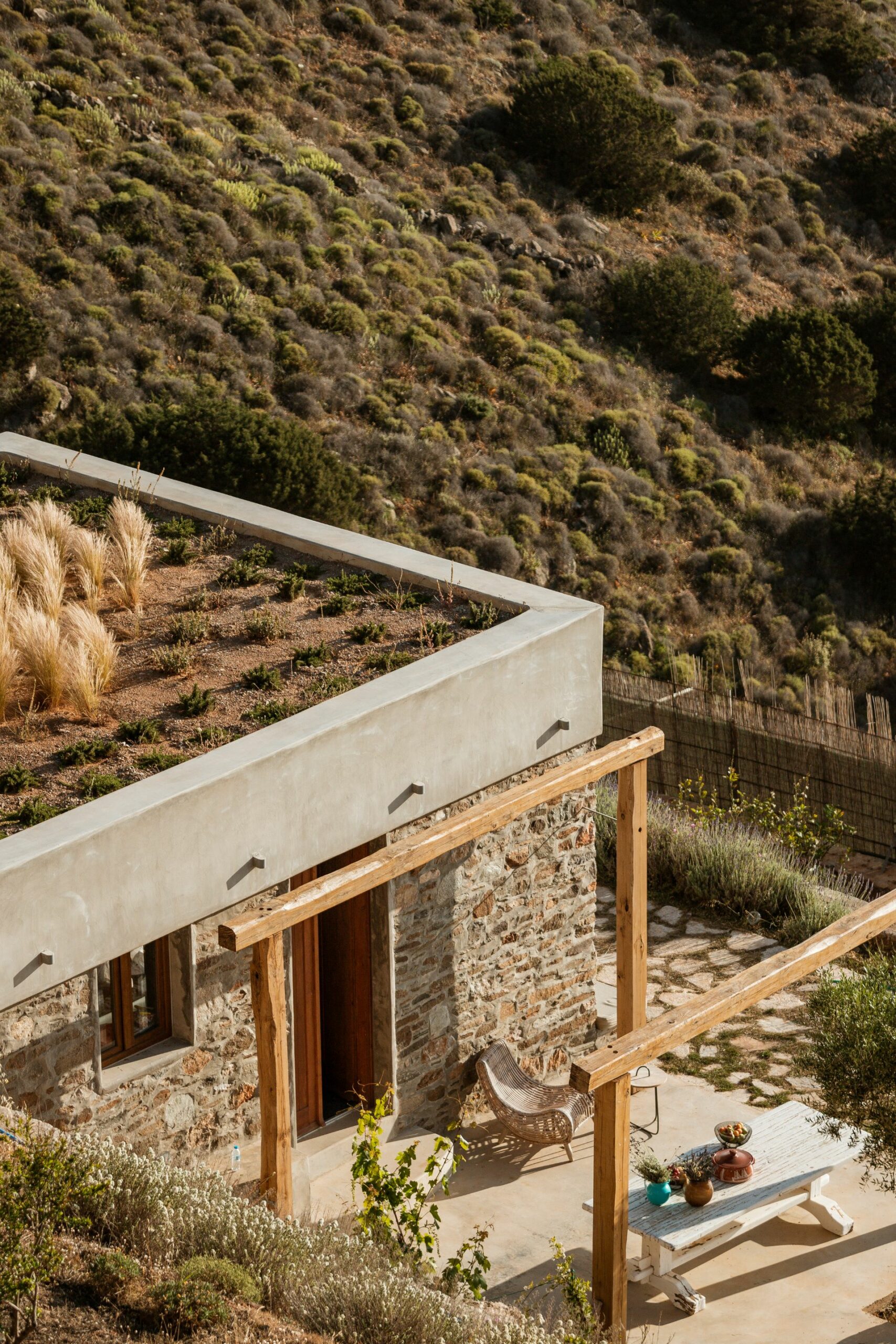
- Green roofs and earth-sheltered buildings for sustainable integration into the landscape.
- Saltwater swimming pools to conserve resources.
- Use of local materials to reduce transportation emissions.
- Solar-powered lighting in common areas, with measures to reduce light pollution.
- Motion sensors for outdoor lighting of the residences.
- Architectural design with optimal orientation, shaded surfaces, and natural ventilation.
- Installation of external thermal insulation to optimize energy efficiency and reduce cooling and heating needs throughout the year.
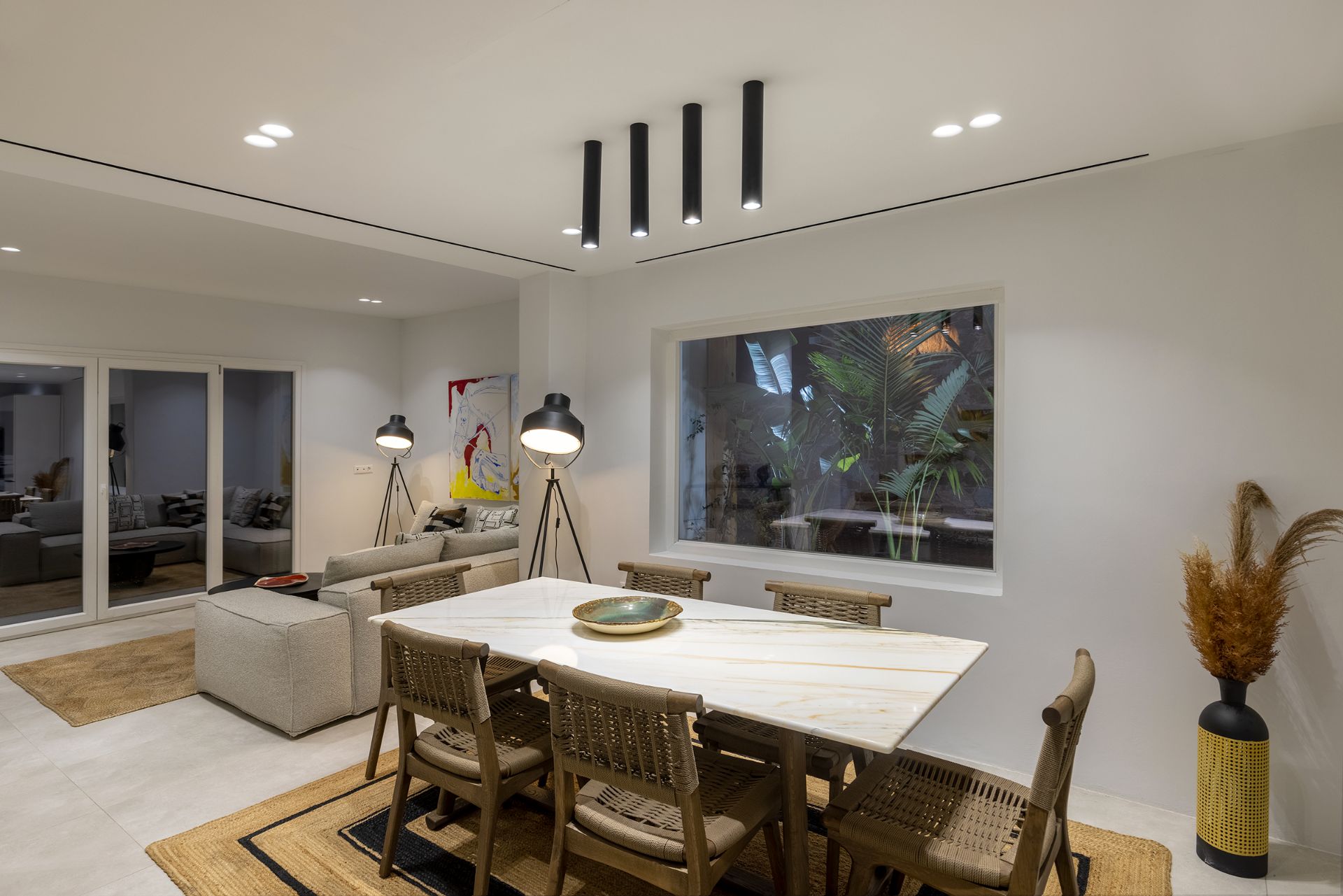
- Permeable spatial design that offers natural ventilation
- Use of certified materials
- Ample natural light
- Use of LED lights in all residences.
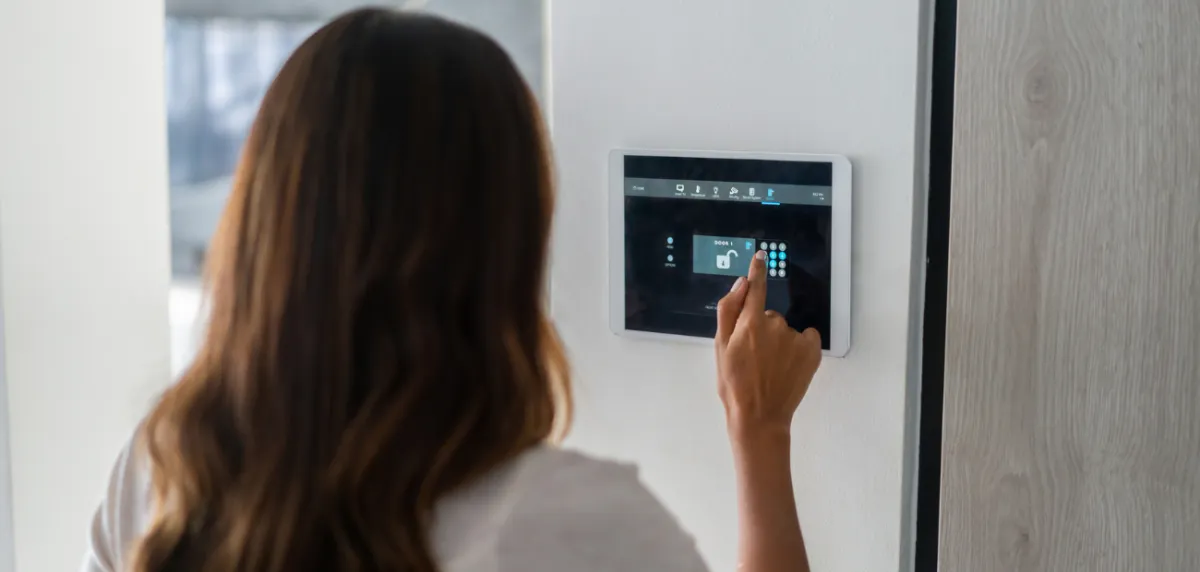
- Solar panels installed for hot water production.
- Provision for electric vehicles with dedicated fast-charging stations in the residences.
- Automation systems that offer operational efficiency and comfort and also optimize energy performance
- Rainwater collection systems for irrigation.
Retaining walls and blankets (geotextiles, etc.) on steep slopes; control of run-off direction and velocity; protection of storm sewer inlets.
Full restoration of the construction site upon project completion through revegetation and natural terrain restoration.
Minimum impact using indigenous plant species, retaining forest areas, avoiding use of invasive plants.
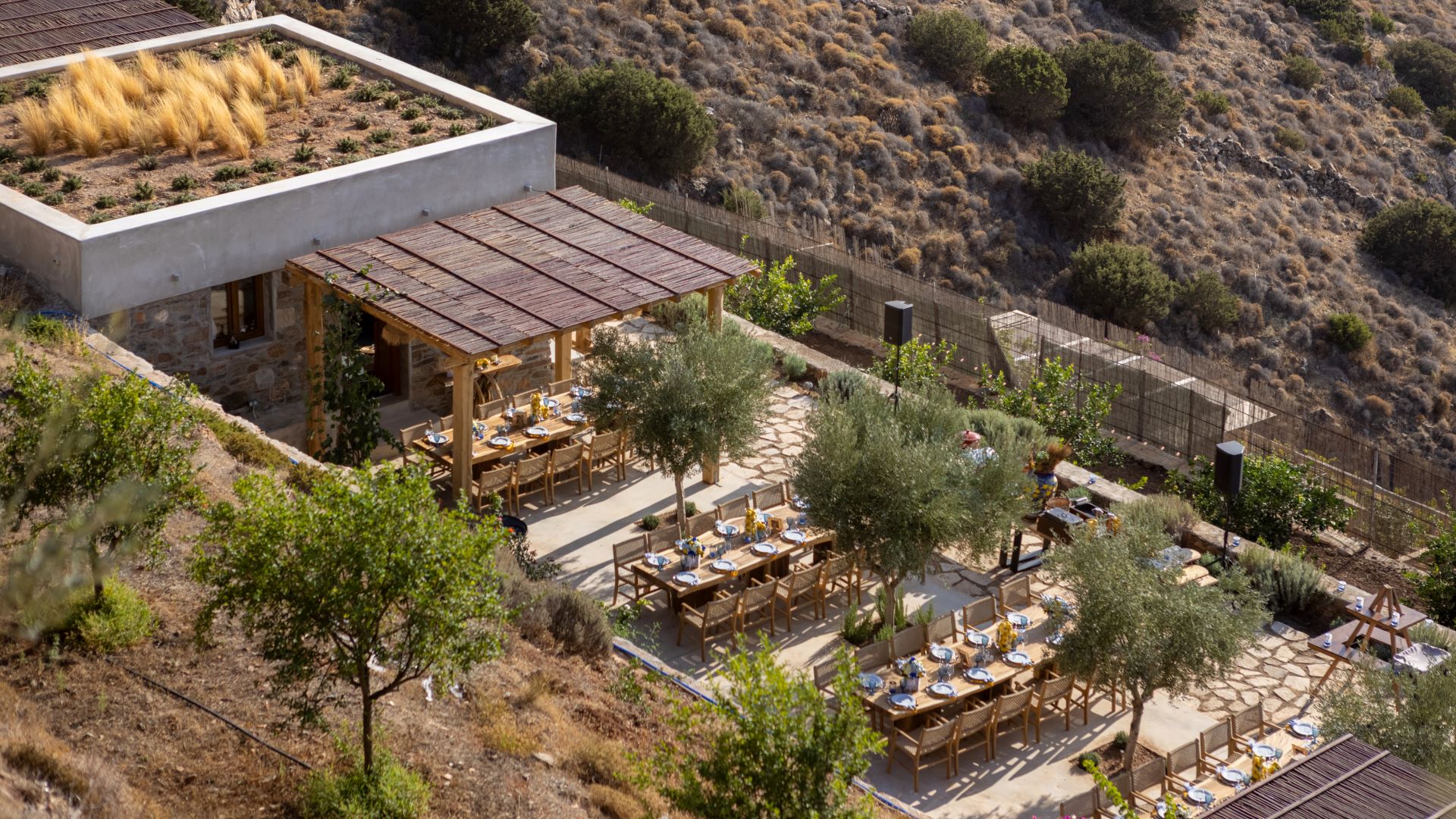
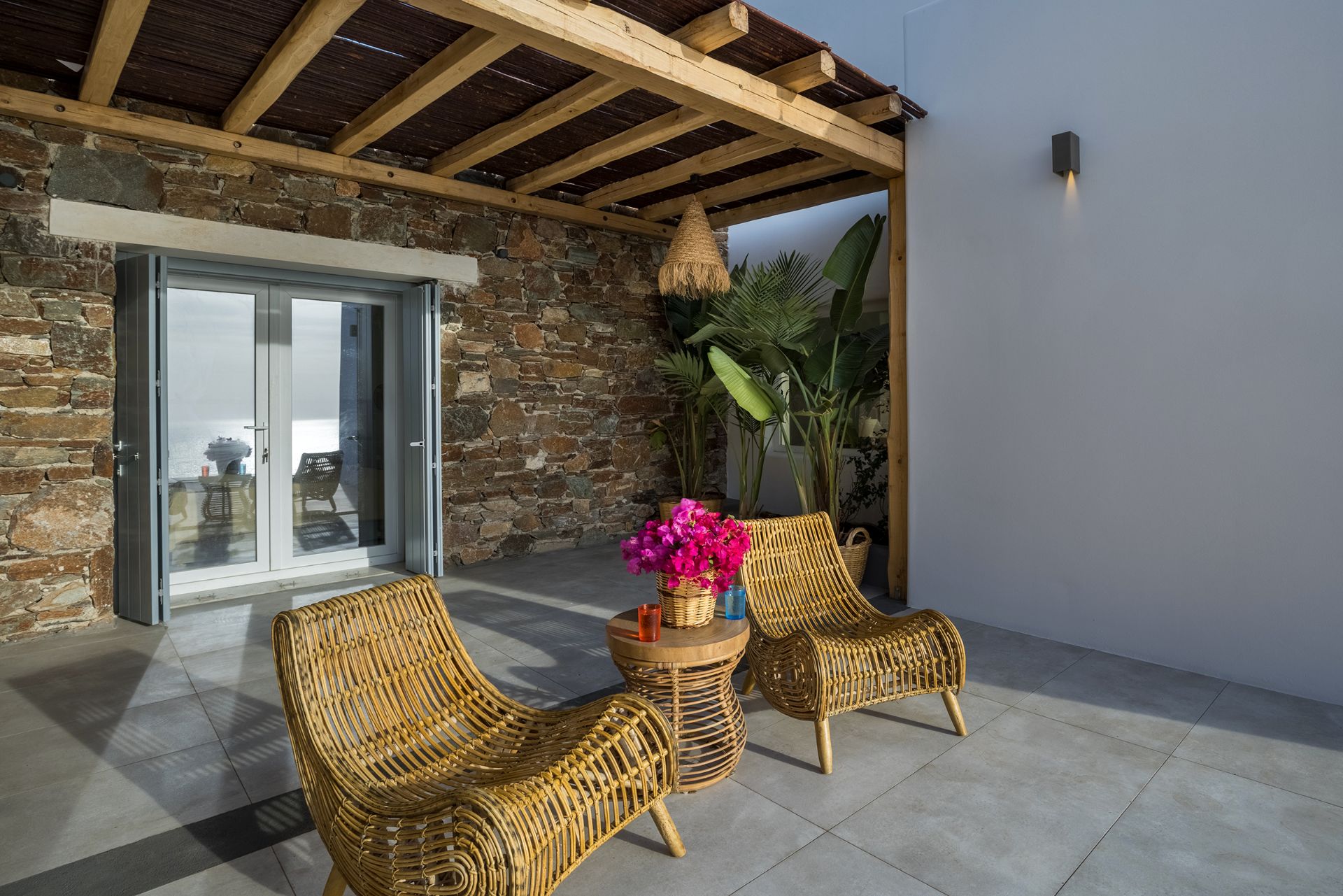
Management of construction waste through recycling
Use, wherever possible, of products made from recycled materials.
Use of local materials to reduce transportation emissions.
LED lighting, motion-activated outdoor illumination, and energy-efficient windows to reduce energy consumption.
Green roofs, natural ventilation, shaded surfaces, and saltwater swimming pools integrate seamlessly into the environment.
Preference for natural ventilation and evaporative cooling, as far as possible, over mechanical ventilation and air conditioning.
Minimization of upward light; use of shielded outdoor fixtures, motion sensors/timers; lowering of illumination to safe levels.
Solar-powered systems for lighting and hot water production.
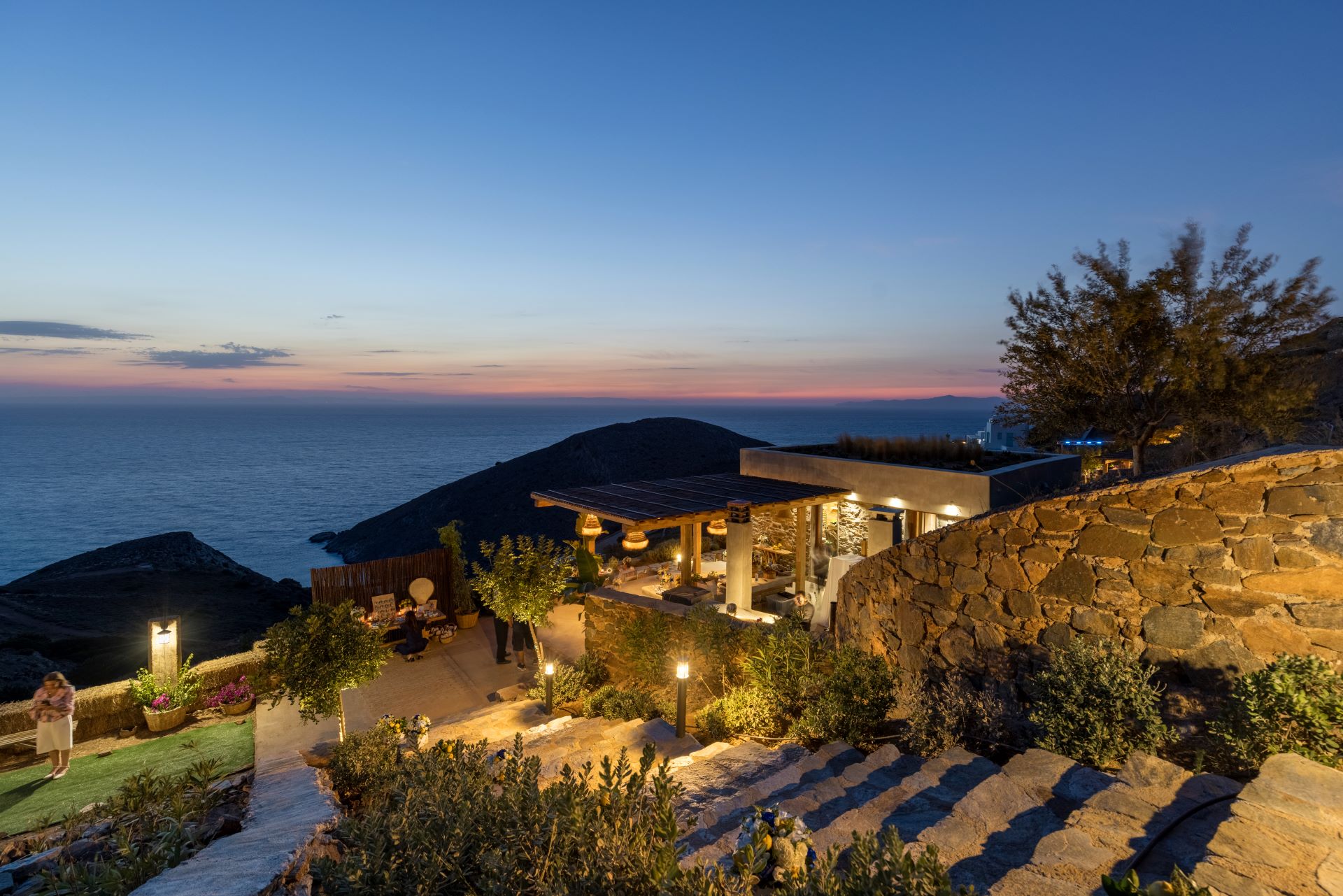
-
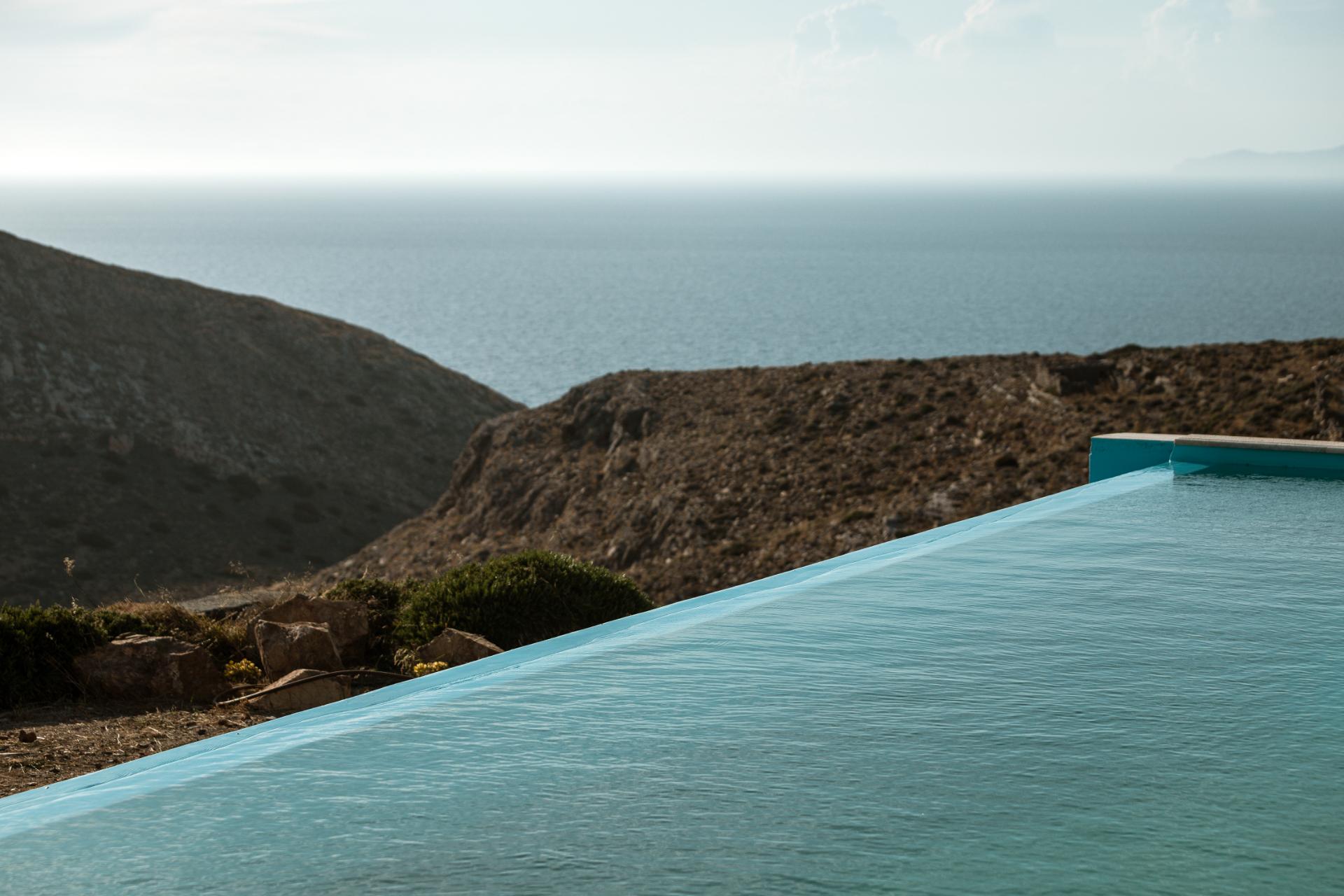 Natural views that promote well-being
Natural views that promote well-being
-
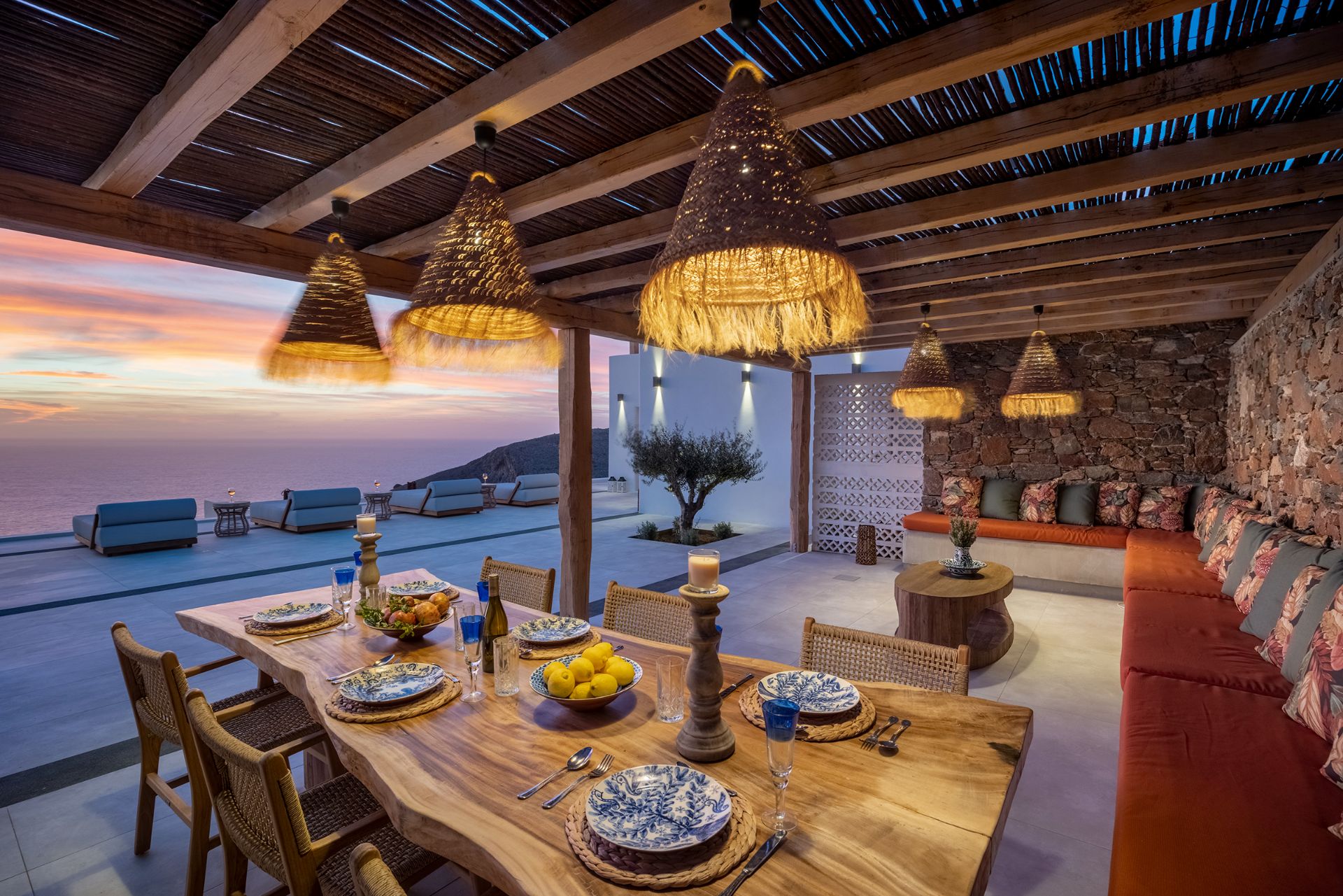 Minimal and Modern Design Blended with natural elements
Minimal and Modern Design Blended with natural elements
-
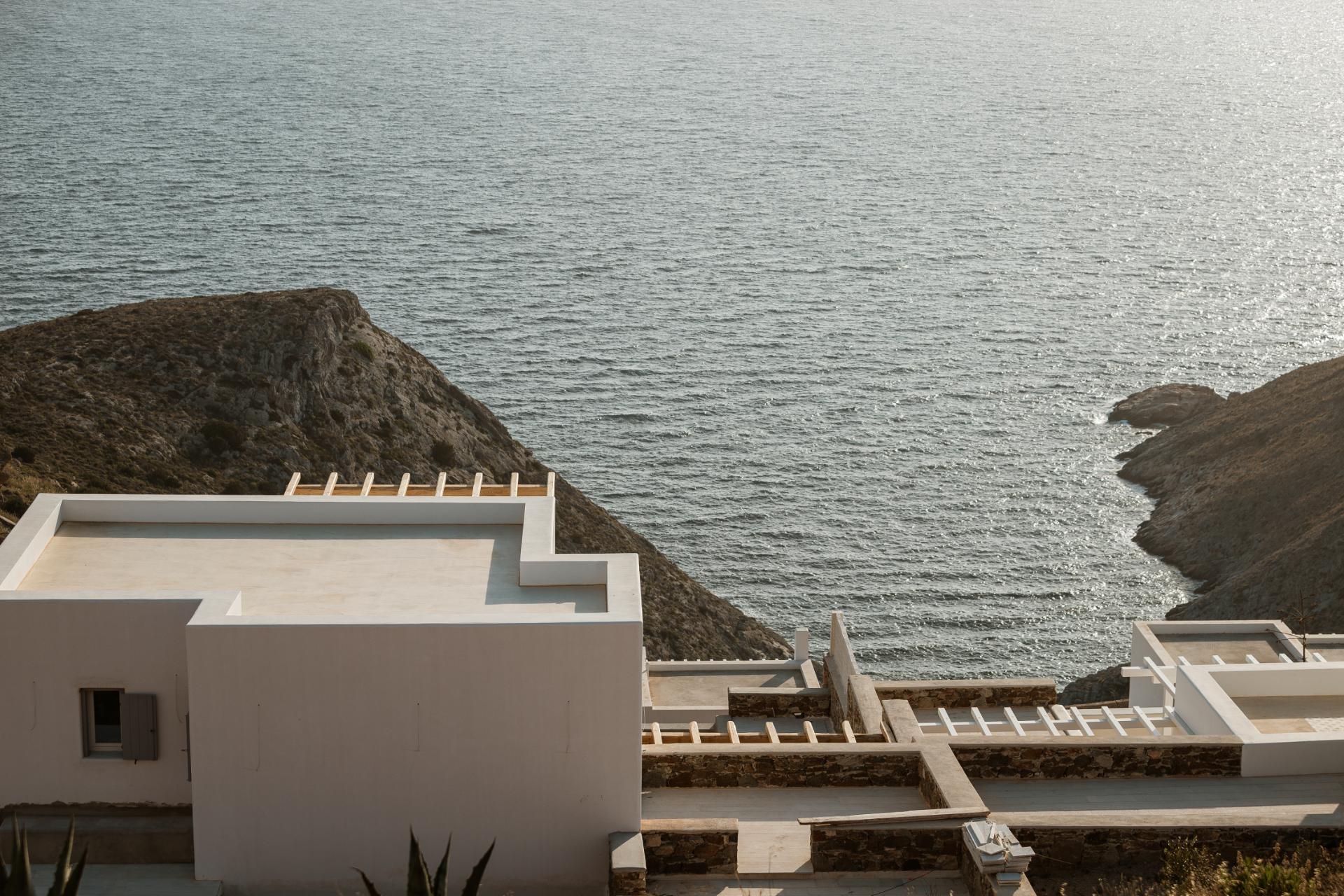
-
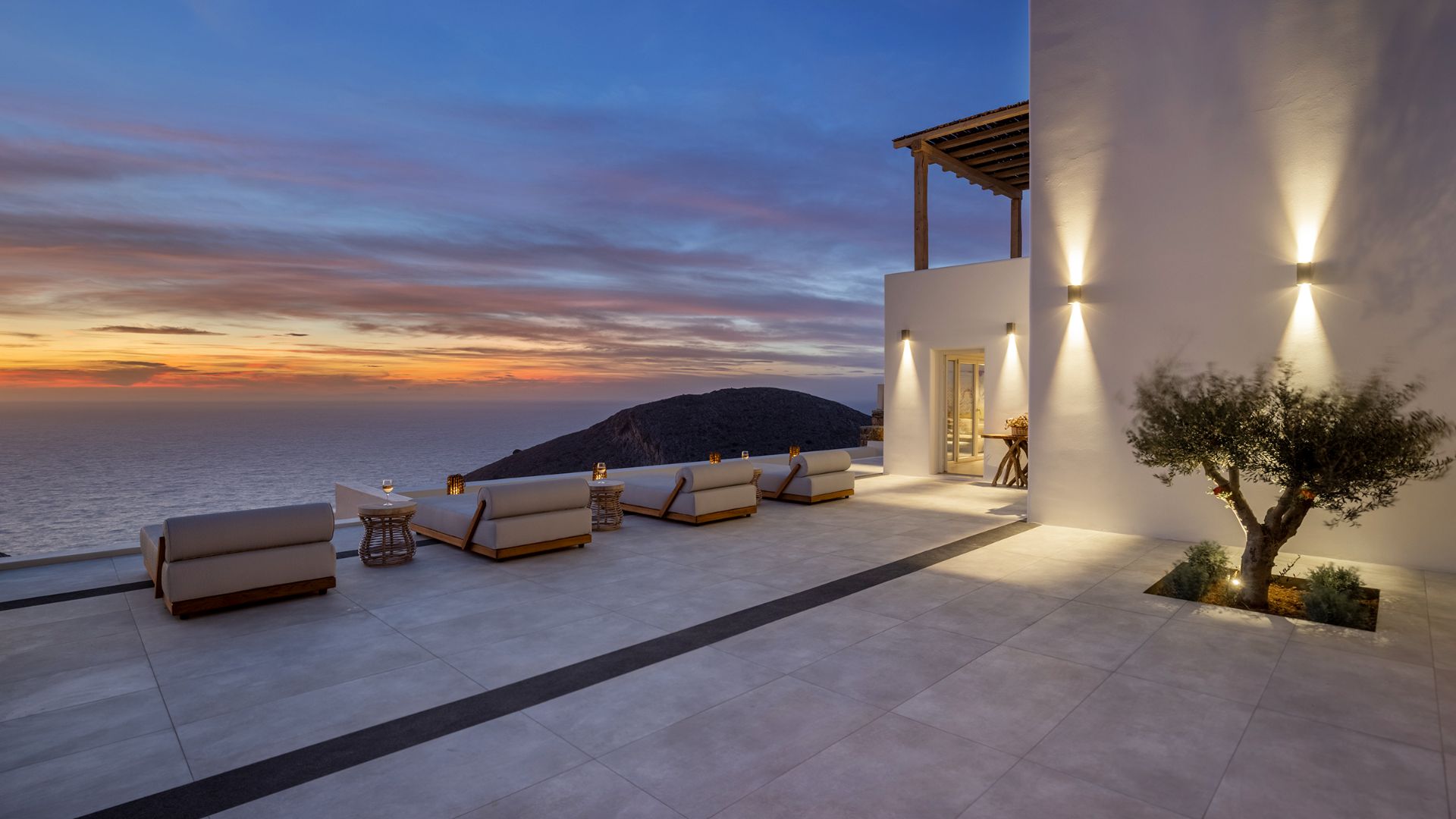 Natural views that promote well-being
Natural views that promote well-being
-
